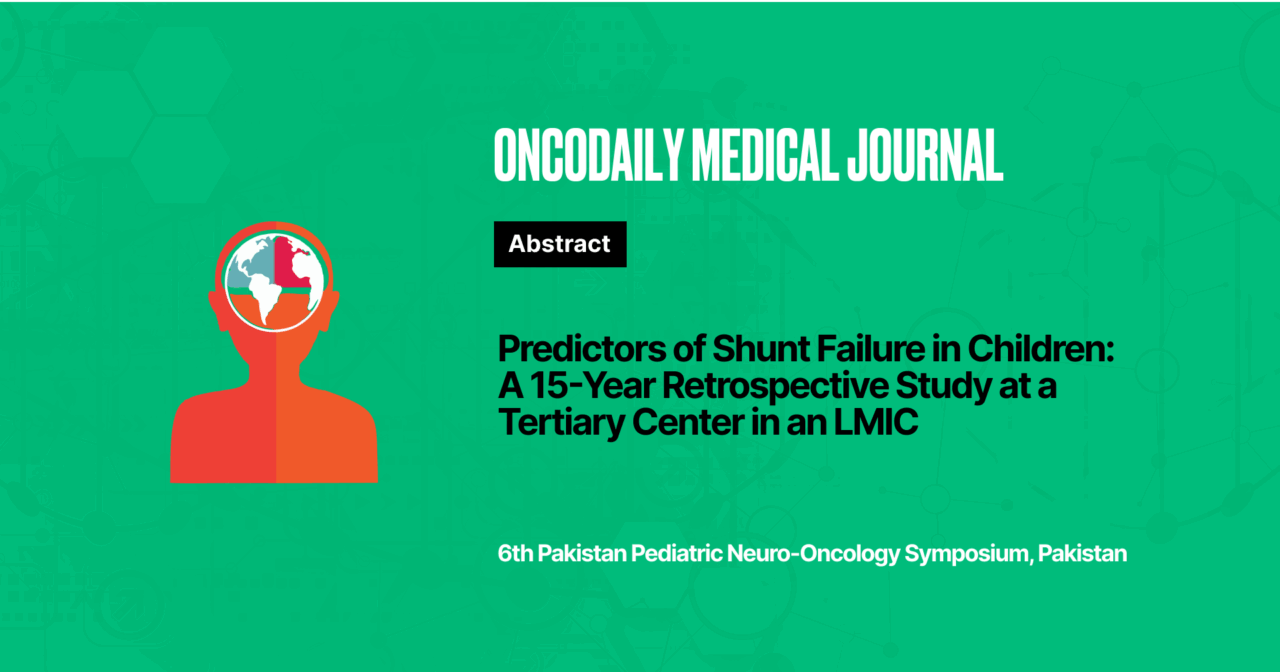Predictors of Shunt Failure in Children: A 15-Year Retrospective Study at a Tertiary Center in an LMIC
Abstract
Introduction: CSF shunts, including ventriculoperitoneal or ventriculoatrial shunts, are used in the management of hydrocephalus. However, shunt failure can occur due to obstruction, CNS infection, migration of the shunt, and malfunction of the valve. This ultimately leads to severe complications and long-term morbidity. There exists a large knowledge gap regarding predictors of shunt failure, especially in LMICs like Pakistan. This study aims to examine factors leading to shunt failure.
Methodology: A retrospective study was conducted, which included all patients under the age of 18 who underwent CSF shunting between 2009-2025. The data collected included patient demographics, etiology of hydrocephalus, clinical presentation and outcomes, and complications of CSF shunting. SPSS v27 was used for data analysis.
Descriptive analysis was conducted to assess the characteristics of etiology and presenting signs of hydrocephalus. Multivariate logistic regression was used to identify independent factors associated with CSF shunt failure. The p-value of < 0.05 was considered significant.
Results: A total of 115 patients who underwent CSF shunting were included in this study (57.4% males, 42.6% females), out of which 32(27.8%) reported shunt failure. The age of presentation at the time of diagnosis was 1.8±3.6.
Most common presenting signs and symptoms were macrocephaly (65.2%), delayed milestones (40.9%), and bulging fontanelles (39.1%), with some other patients presenting with seizures (17.4%) and vomiting (25.2%).
Patients suffering from seizures at presentation had 11 times the risk of developing shunt failure, while patients who were diagnosed with “idiopathic hydrocephalus” were less likely to develop complications due to shunt failure.
Conclusion: This study reveals seizures as an independent predictive factor for CSF shunt failure while also displaying how patients suffering from idiopathic hydrocephalus are a protective factor, with the group being at a significantly lower risk of developing CSF shunting.
These results emphasize the implementation of better monitoring of patient groups that are at high risk of developing CSF shunt failure and allow proper administration of healthcare measures to ensure better outcomes.
Conflict of Interest: None
Funding: None
Disclosure statement: None
License: This article is published under the terms of the Creative Commons Attribution 4.0 International License (CC BY 4.0).
©️ Muhammad Shahzad Shamim, 2025. This license permits unrestricted use, distribution, and reproduction in any medium, provided the original author and source are credited.





